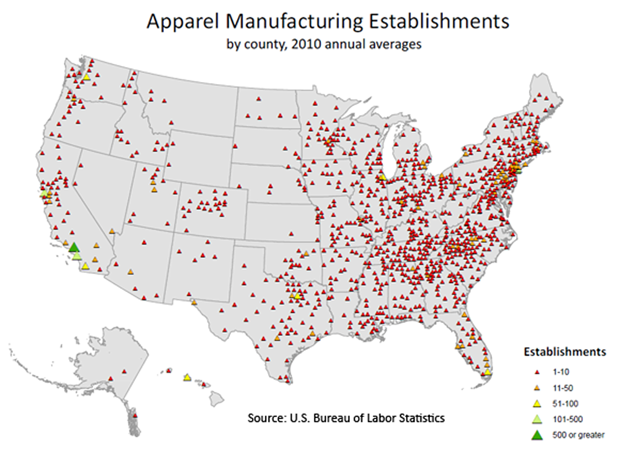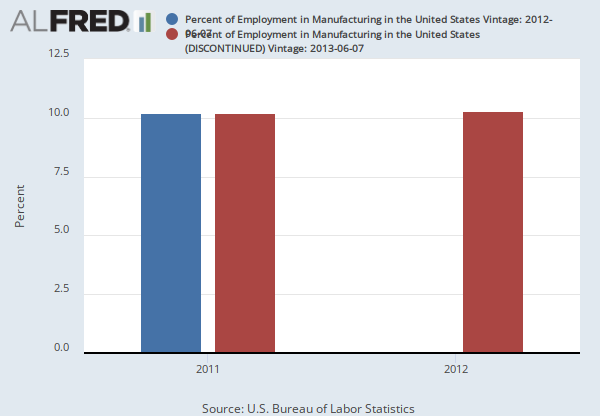10 Easy Facts About Manufacturing Described
Viewing manufacturing as a distraction and a drain on capital, they frequently push business in this quadrant to contract out production or move it to lower-cost areas far away from R&D. The results can be dreadful because, to put it simply, when you lose your manufacturing competence, you lose the ability to create brand-new commercially feasible products.

Drugs stemmed from genetic modification strategies include large protein particles that are too complex to be chemically manufactured-- the technique utilized to make drugs for over a century. Without significant advances in process innovation (such as mammalian-cell-culture procedures), smash hit drugs like Amgen's erythropoietin, for treating anemia, or Genentech's Herceptin, a therapy for breast cancer, would never have actually made it out of the laboratory.

Nor does it bypass other considerations that might influence sourcing choices, such as proximity to consumers, political barriers to market entry, taxes, and regulations. Rather, it's created to assist supervisors believe more tactically about the effects of geographically separating R&D and manufacturing. To create a proper manufacturing technique, you have to identify which quadrant your company falls under.
( See the sidebar "The Design-Manufacturing Relationship: What to Ask.") But no basic formula can inform you whether the production technology is mature and the product style and process innovation are modular. A great deal of judgment is needed. When was the last major change in basic procedure innovation in your organisation? What has the rate of change in process technology been over the past five years? Just how much procedure R&D is being performed by business in your market, consisting of devices suppliers and other suppliers? How well do present process technologies satisfy business requirements (costs, yields, quality, and so on)? What is the likelihood that a significant turmoil in process innovation will take place in the next 5 years? To what extent are product-design choices constrained by process technology and production abilities? Just how much effect would a small variation in the production process have on the item's important characteristics? How well comprehended are the underlying relationships between product criteria and procedure parameters? To what degree can a product style be described without referencing the production procedure? To what degree can the item style and process style be codified? Exist standardized procedure platforms that are suitable with specific series of item designs? If a process innovation hasn't changed in quite some time (or if the changes are largely incremental) and current performance (in regards to yields, quality, and expenses) appears to satisfy the market's needs, your organisation is most likely in a fully grown sector.
Speaking to vendors and even to companies from other industries might help you recognize whether significant procedure innovations are on the horizon. Process specifications that are tough to codify, process modifications that substantially affect item qualities, and an absence of standardized processes are all obvious signs of low modularity, but an in-depth discussion among item designers, process engineers, and manufacturing workers is frequently required.

Item designers regularly undervalue the degree to which their design options impact manufacturing procedures. Also, process engineers and manufacturing workers typically do not realize how modifications in a procedure or operation might affect a style. In too many companies, individuals who really understand the most about how manufacturing place options might affect development have no say in the choices.

The choice was based strictly on an analysis of capital costs and monetary returns. Although the company used an experienced and competent contractor, the professional had problems scaling up production and improving yields. Major item scarcities damaged the business's stock rate. Eventually, the firm was gotten. When utilizing these standards, it is necessary to consider not just where things stand today but likewise where they're going.

But game-changing procedure innovations in some cases can emerge. Established gamers that ignore this possibility may discover themselves having a hard time to contend or unable to pursue brand-new chances. This has happened in industries such as steel, textiles, contact lenses, and consumer electronic devices. Game-changing process technologies can emerge even in fully grown sectors. Firms that dismiss this possibility may fail.

Think about jetliners. For decades their design and manufacture were highly modular. Boeing could outsource major chunks of its aircraft development and manufacturing to subcontractors worldwide and after that assemble the airplanes in its factories in the state of Washington. But in the 787 Dreamliner program, the shift from aluminum alloys to carbon-fiber-composite products altered things.
Little Known Facts About American Manufacturing.
As an outcome it encountered issues putting together the pieces (such as the horizontal stabilizer from Alenia Aeronautica in Italy and the wing box from Mitsubishi Heavy Industries in Japan). Substantial redesign and rework were required, and the program suffered significant delays. Many companies fail to acknowledge that the deep combination of their product-design and manufacturing procedures actually presents a major barrier to entry for newcomers, who need to master the item technology, the procedure technology, and the interactions between the 2.
It's generally much easier to reverse-engineer a product style than to find out someone else's exclusive production process. This is why companies in the fashion industry, like Zegna, Armani, Ferragamo, and Max Mara, keep the bulk of their high-end production in Italy regardless of the expenses. By doing so, they can much better secure their exclusive designs and decrease the risk of replica.

Precisely for this factor, they offer a powerful advantage. The manufacturing-outsourcing road is frequently a one-way street: Once business decrease it, they might never ever be able to return. Today American companies are speaking about "in-sourcing" more production back to the United States. We're skeptical that this can be done easily.
Innovation-based competition will just end up being more intense as nations such as China, India, Brazil, and the countries of Eastern Europe nurture their own capabilities. If the United States intends to maintain its edge, modifications in how business are managed will not be adequate; changes in government policies are important too. Public law conversations of ways to stimulate development have focused greatly on financial investments in clinical research study and education, taxes, and regulation.